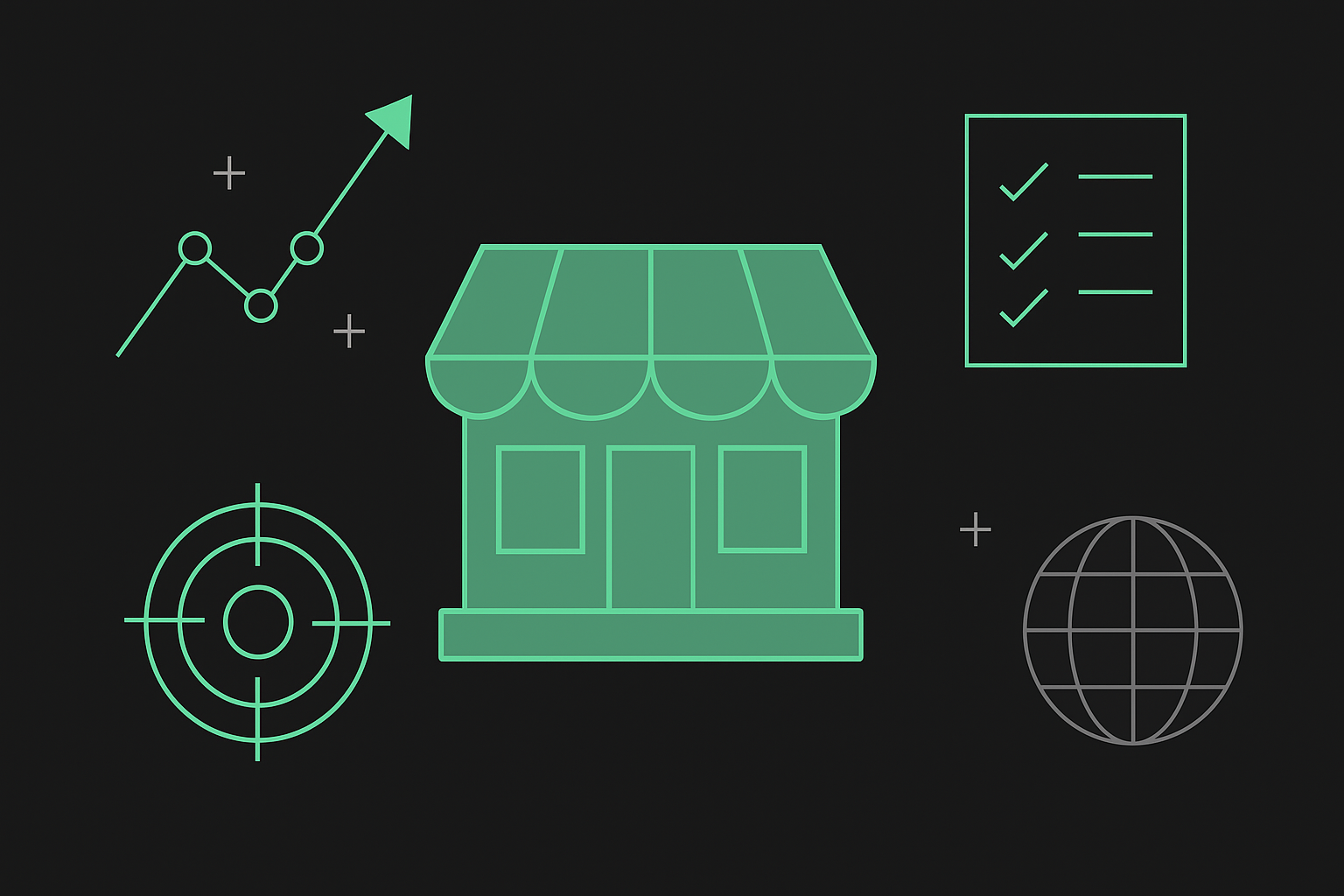Harnessing the Power of a Data Warehouse-Centered Marketing Stack
In an era where data is regarded as the new oil, leveraging it efficiently is crucial for any organization seeking to succeed in its marketing endeavors. One way businesses are managing and harnessing their marketing data is by adopting a data warehouse-centered approach to their marketing software stack. This approach offers a range of benefits that can propel businesses forward in their marketing objectives.

Unified Data View
One of the key challenges that marketers face is managing data from a multitude of sources. A data warehouse-centered approach addresses this challenge by providing a central repository for all the data generated by the various tools in a marketing stack.
By unifying all marketing data, businesses can ensure that insights are based on a complete picture, rather than fragmented snapshots. This single source of truth facilitates more accurate analysis and reporting, better decision-making, and a more effective marketing strategy.
Efficiency and Performance
A data warehouse is designed to handle complex queries and large volumes of data efficiently. By moving data-intensive operations to the warehouse, businesses can offload much of the computational burden from their operational systems, improving their performance.
In marketing terms, this means faster, more efficient reporting and analytics. Marketers can analyze large datasets quickly and gain insights in real-time, allowing them to respond promptly to market changes and capitalize on opportunities as they arise.
Scalability
Data warehouses are highly scalable, capable of accommodating the exponential growth of data. As businesses expand their marketing efforts and their data increases, a data warehouse-centered approach ensures they can continue to store, manage, and analyze their data effectively.
This scalability extends beyond storage; data warehouses also scale in terms of computational capacity. This capability ensures that as data volumes grow, businesses can continue to generate and act on insights without performance degradation.
Data Quality and Integrity
By centralizing data management, data warehouses improve the consistency, accuracy, and reliability of data. They enforce data integrity rules, ensure data is correctly formatted and standardized, and provide mechanisms for tracking data lineage.
In a marketing context, this means more reliable insights and higher confidence in decision-making. Marketers can trust that the data they're using for segmentation, personalization, and targeting is accurate and up-to-date, reducing the risk of costly errors.
Enhanced Data Security
Data warehouses also offer robust security features, ensuring sensitive marketing data is kept safe. They provide centralized control over data access, making it easier to enforce security policies and ensure compliance with data protection regulations.
Integration and Interoperability
A data warehouse-centered marketing stack allows for seamless integration of different marketing tools. Thanks to standardized interfaces and support for a wide range of data formats, data warehouses can ingest data from diverse sources, enabling businesses to build a connected, interoperable marketing stack.
This ability to integrate various tools not only streamlines data management but also facilitates a more cohesive marketing strategy. It allows businesses to leverage synergies between different tools and strategies, enhancing their overall effectiveness.
Conclusion
The benefits of adopting a data warehouse-centered approach to a marketing software stack are substantial. By unifying data, improving efficiency and scalability, ensuring data quality and integrity, enhancing security, and facilitating integration, data warehouses empower businesses to fully leverage their marketing data.
With a central data warehouse, businesses can obtain a holistic view of their marketing efforts, gain deeper insights, make more informed decisions, and ultimately, drive stronger results. In a data-driven marketing environment, a data warehouse-centered marketing stack is not just a nice-to-have, but a strategic necessity.










